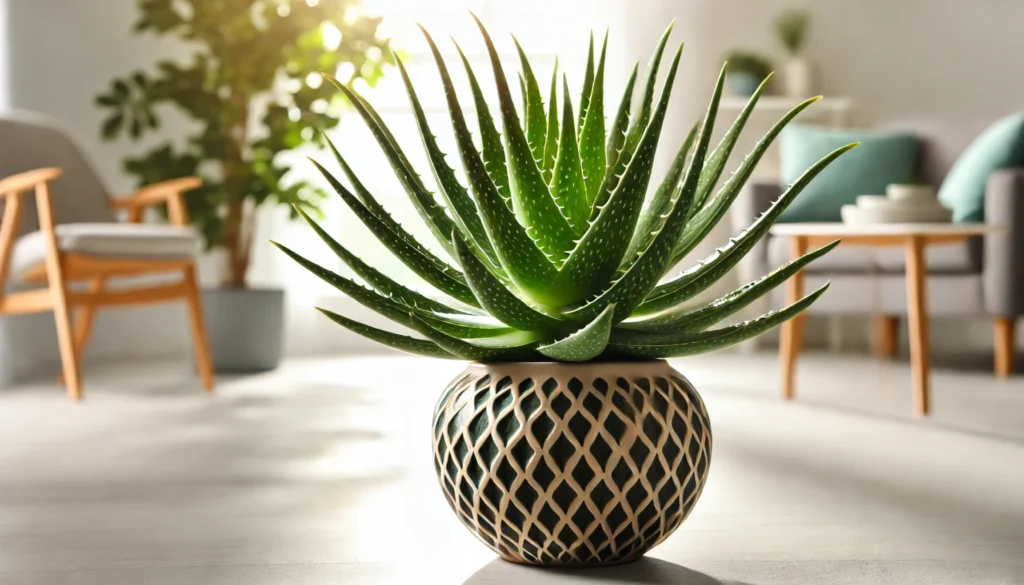
The Gloxinia plant, scientifically known as Sinningia speciosa, is cherished for its large, velvety flowers that come in a variety of vibrant colors. This tropical beauty is a favorite among plant enthusiasts for its stunning blooms and relatively straightforward care. Let’s delve into the characteristics, care requirements, and common issues associated with this delightful plant.
Description and Size
The Gloxinia plant is known for its lush, green leaves and large, trumpet-shaped flowers that can be red, purple, pink, white, or blue. The flowers are often fringed or ruffled, adding to their visual appeal. Gloxinia plants typically grow to about 6-12 inches in height and can spread up to 12 inches wide, making them a compact yet striking addition to any indoor garden.
History and Natural Habitat
Native to the tropical forests of Brazil, the Gloxinia plant thrives in warm, humid environments. It has been cultivated for ornamental purposes since the 19th century and is closely related to the African violet. Gloxinia plants are commonly grown as houseplants due to their beautiful flowers and ease of care.
Ideal Growing Conditions
Light
Gloxinia plants prefer bright, indirect light. Direct sunlight can scorch their delicate leaves and flowers, so it’s best to place them near a north or east-facing window. If natural light is insufficient, they can also thrive under fluorescent lighting.
Temperature and Humidity
These plants thrive in temperatures between 65-75°F (18-24°C). They prefer high humidity levels, which mimic their natural tropical habitat. To maintain the right humidity, consider using a humidifier, placing the plant on a humidity tray, or misting the leaves regularly.
Soil
A well-draining, rich potting mix is essential for Gloxinia plants. A mix of peat, perlite, and vermiculite works well, ensuring the soil remains moist but not waterlogged. Proper drainage is crucial to prevent root rot.
Watering
Water your Gloxinia plant from the bottom to avoid wetting the leaves, which can lead to fungal issues. Allow the top inch of soil to dry out between waterings. Overwatering can cause root rot, while underwatering can lead to wilting and poor growth.
Toxicity
Gloxinia plants are non-toxic to both pets and humans, making them a safe choice for households with curious animals and children.
Common Problems and Solutions
Yellowing Leaves
- Cause: Overwatering, poor drainage, or nutrient deficiencies.
- Solution: Allow the soil to dry out between waterings, ensure proper drainage, and consider fertilizing with a balanced, water-soluble fertilizer.
Wilting
- Cause: Underwatering or low humidity.
- Solution: Increase watering frequency and humidity around the plant.
Pests
- Common Pests: Aphids, spider mites, and thrips can affect Gloxinia plants.
- Treatment: Use insecticidal soap or neem oil to treat infestations. Regularly inspect your plant to catch and address issues early.
Diseases
- Root Rot: Caused by overwatering and poor drainage. Ensure the soil is well-draining and allow it to dry out slightly between waterings.
- Powdery Mildew: Fungal infections can cause a white, powdery substance on leaves. Improve air circulation and avoid overhead watering to keep the leaves dry.
Best Practices for Care
- Repotting: Repot every 1-2 years to refresh the soil and provide more space for growth. Spring is the best time for repotting.
- Fertilizing: Feed your plant with a balanced, water-soluble fertilizer every 2-4 weeks during the growing season (spring and summer).
- Pruning: Remove any dead or yellowing leaves and spent flowers to maintain the plant’s health and appearance. Pruning also helps to promote new growth and more blooms.
Overall Ease of Care
The Gloxinia plant is a fantastic choice for those who want a splash of color in their home. Its stunning flowers and relatively straightforward care requirements make it a rewarding plant to grow. While it does require some attention to thrive, the vibrant blooms are well worth the effort.
In conclusion, the Gloxinia plant is a beautiful, low-maintenance addition to your home. With the right care and attention, it will thrive, providing lush foliage and dazzling flowers to brighten your indoor garden.



